The Chelsea bun was first baked in the Bun House in Chelsea in the eighteenth century. It was a bakery which found particular favor with the Hanoverian royal family, as its pastries were reminiscent of those from whence they came. But these buns were for everyman: they were customarily bought by the poor on Good Friday along with hot cross buns. On these days, the demand was such that the buns were sold through an opening in the shutters, and a police presence was needed. The Bun House was headed up by Richard Hand who was known as “Captain Bun;” after his death, the shop passed on to one of his sons and then another. In 1839 there was no one left to take it on, and the shop closed.
They’re ‘the best of all buns, on account of their buttery melting sweetness’
Since then, Chelsea buns have become synonymous with a bakery that has no real links to Chelsea whatsoever. Fitzbillies has been a fixture of Trumpington Street in Cambridge since 1920, and Chelsea buns were on the menu at its inception. In 2010, Fitzbillies closed due to bankruptcy (for the second time), to the heartbreak of those near and far for whom the Chelsea buns had been a formative part of their time in Cambridge. There was a campaign to save it, and it was rescued in 2011 by Tim Hayward and Alison Wright, who have brought it back to its former glory.
The Chelsea buns at Fitzbillies are baked by hand 362 days a year. The bakery estimates that since the head baker, Gill Abbs, joined in 1971, she has made five million buns — “enough to stretch from Cambridge to the International Space Station.”
I used to live about as close as it’s physically possible to live to Fitzbillies; I could probably have grabbed a bun from the window of my room. At the time I wasn’t terribly interested: I had never quite understood their appeal, though there was a farmhouse sultana cake that won my affections.
The buns may not have changed, but I have. Now they rank highly among my very favorite buns (a competitive field) and I am glad that they are pleasingly straightforward to make at home. A Chelsea bun is made from a sweet spiced bun dough, yeasted and enriched with butter and egg, which is rolled up into a sausage around a buttery, currant-studded filling. This is then sliced into individual sections, rather like cinnamon buns. As the buns bake, they expand out into neat little squares, each containing its own spiral, all baked into one another so that one needs to be torn away from the rest of the batch. It is the spiral that makes them so irresistible. As Jane Grigson put it, Chelsea buns are “the best of all buns, on account of their buttery melting sweetness, and the fun of uncoiling them as you eat them.”
Some recipes call for candied peel to be added to the filling, or bigger, fatter dried fruit like sultanas, but this isn’t quite right either historically or for my tastes. It’s the simplicity that works so well here — the dark sugar combined with the little currants against the soft dough. Adding anything more than a whisper of lemon zest takes these dangerously into hot cross bun territory. If you’re going to go off piste, then I’d recommend trying the beloved Middle Eastern restaurant Honey & Co’s Fitzrovia buns (named after the location of its flagship branch), which are filled with sour cherries, pistachios and ground mahlab.
The key to a good sticky bun is the pleasingly named “bun wash,” generally a simple syrup which is brushed generously over the still-hot buns as soon as they’re out of the oven. Normally it’s superfine sugar, but here I am using dark brown sugar, with its old-fashioned, molasses flavor. This suits Chelsea buns down to the ground, and somehow makes them seem even stickier. After they have cooled, I follow Fitzbillies’ advice (it is the master, after all): while the buns are delicious eaten at room temperature, they improve with just a twenty-second blast in a microwave at medium.
For the dough
- 1 cup strong white bread flour
- ¼ cup superfine sugar
- 2 tbsp instant dried yeast
- ½ tsp mixed spice
- ¼ tsp fine salt
- ⅔ cup whole milk
- 1 small egg
- ½ lemon, zested
- ⅛ cup soft butter
For the filling
- ⅛ cup melted butter
- ⅔ cup currants
- ⅛ cup dark brown sugar
For the glaze
- ¾ cup dark brown sugar
- ¼ cup water
- Stir together the dry ingredients in the bowl of a stand mixer, then add the milk, egg and lemon zest, and bring it together into a shaggy dough using a dough hook. Add the softened butter in three additions, and then knead until the dough is smooth and pliable. It may be tacky but shouldn’t be desperately sticky. You can do this by hand, too, but the kneading will take you five or ten minutes. Cover and leave to prove for an hour or two in a warm place until doubled in size
- Lightly flour a work surface, and roll out the proved dough to approximately 12 x 8 inches. Mix together the melted butter and sugar and brush it evenly across the rolled dough; then sprinkle over the currants. Roll the dough up from the long side, and then using a very sharp knife, cut the dough sausage into nine equal pieces. Place these in rows of three in a square high-sided tin, approximately 8 inches on each side. Cover the top loosely with Saran wrap, and leave to prove for another hour, until the buns are risen, soft, and puffy
- Preheat the oven to 430°F/390°F fan, and bake the buns for twenty-five to thirty minutes, until the buns are golden brown. Meanwhile, make the bun wash: bring the sugar and water together in a small pan, without stirring, until the sugar dissolves and the syrup reaches a boil. Immediately remove from the heat
- When the buns come from the oven, paint them liberally with the bun wash. Leave the buns for half an hour, then carefully remove them from the tin, and leave to cool completely before enjoying
This article was originally published in The Spectator’s UK magazine. Subscribe to the World edition here.



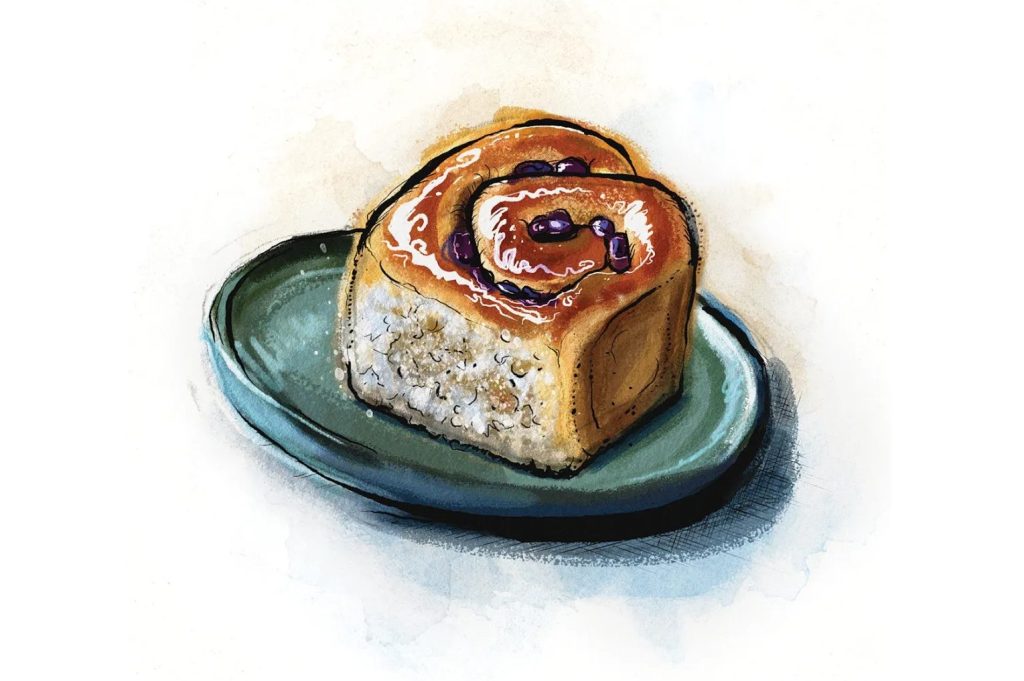








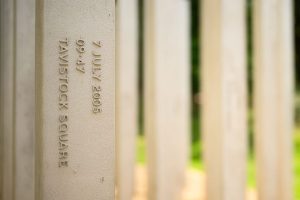

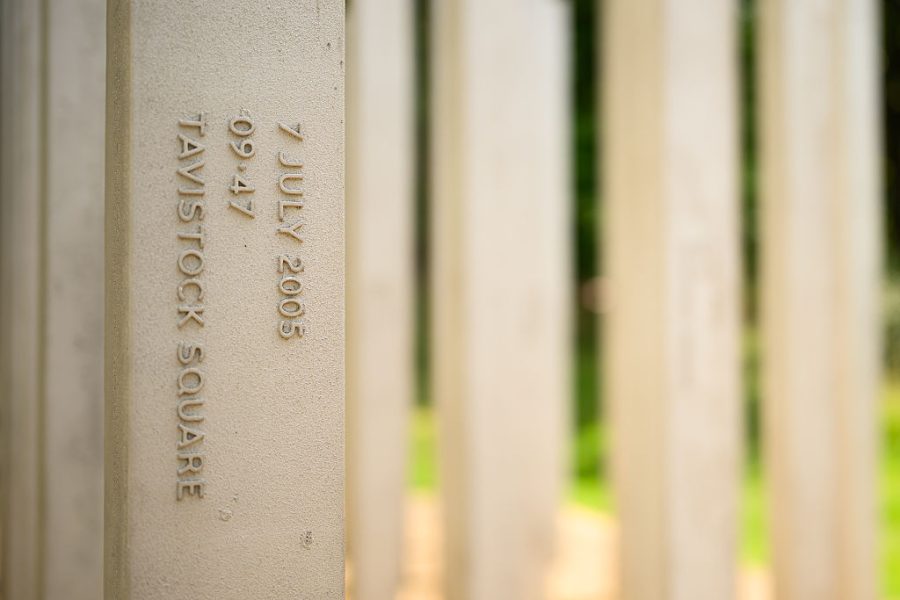

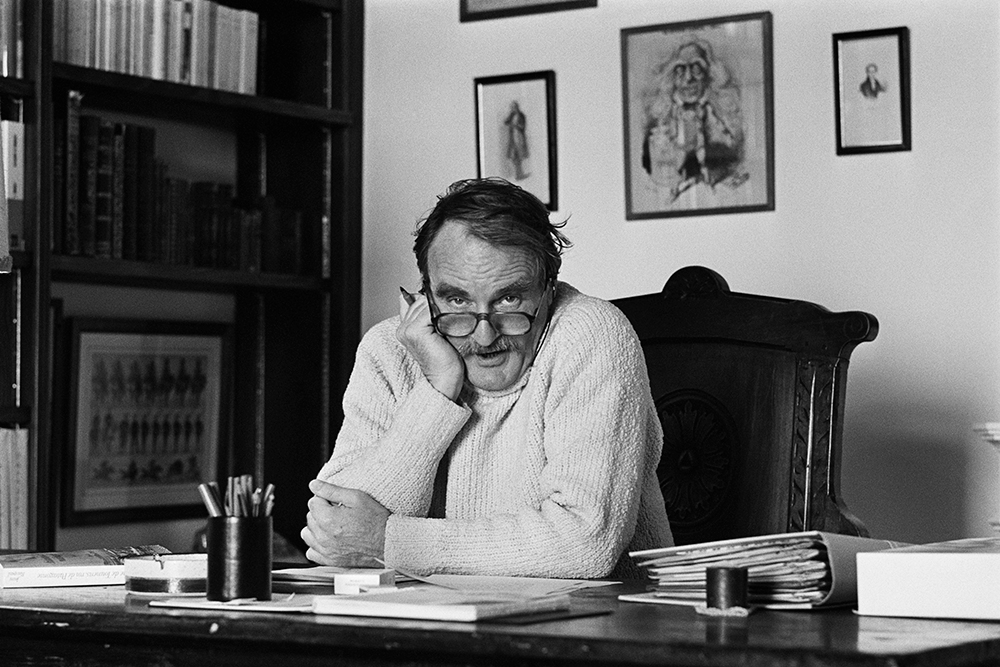
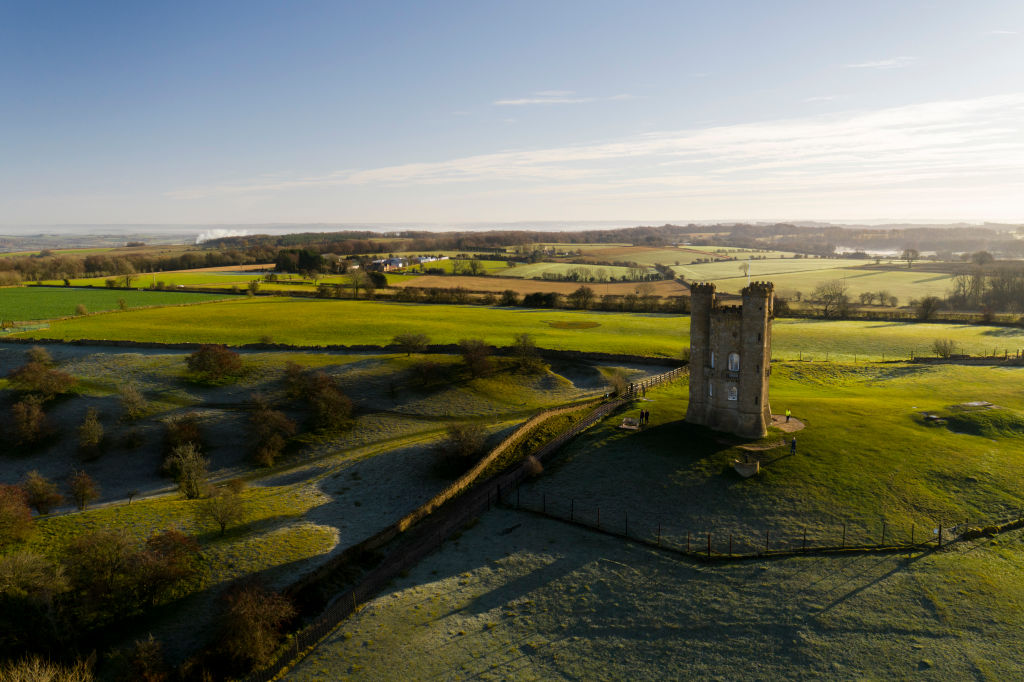








Leave a Reply